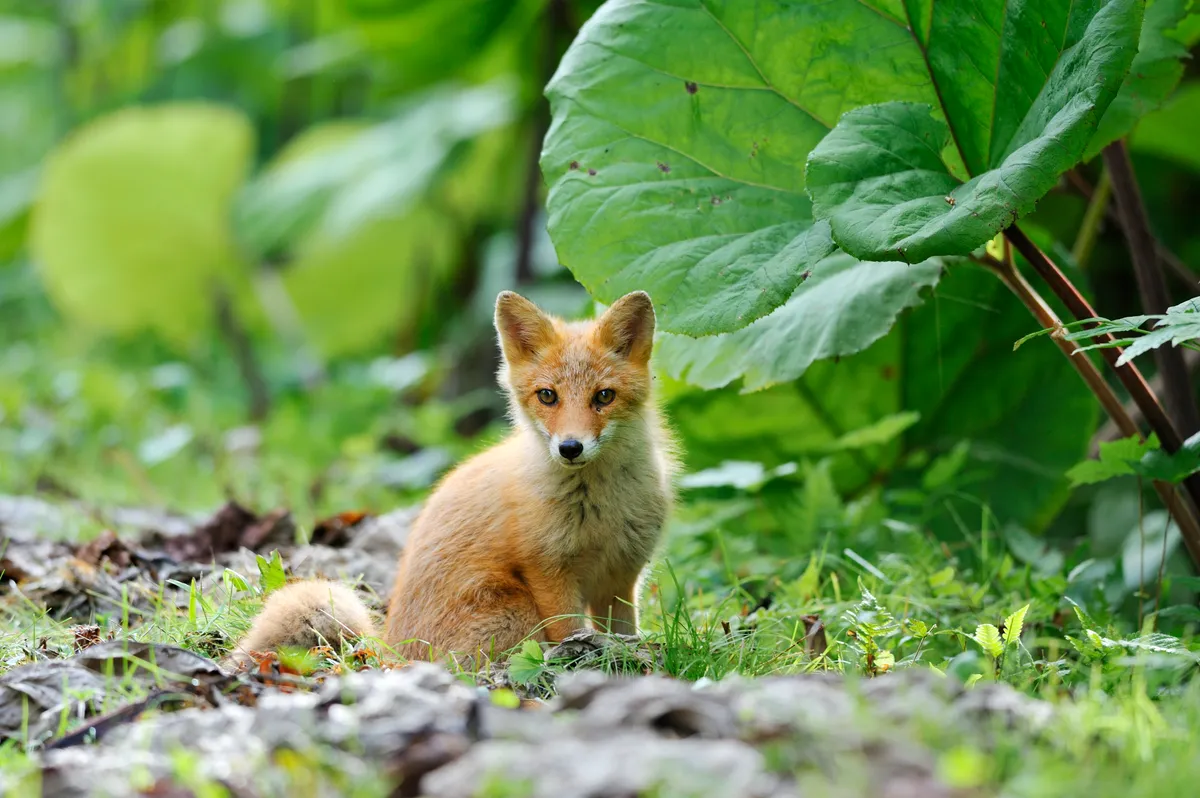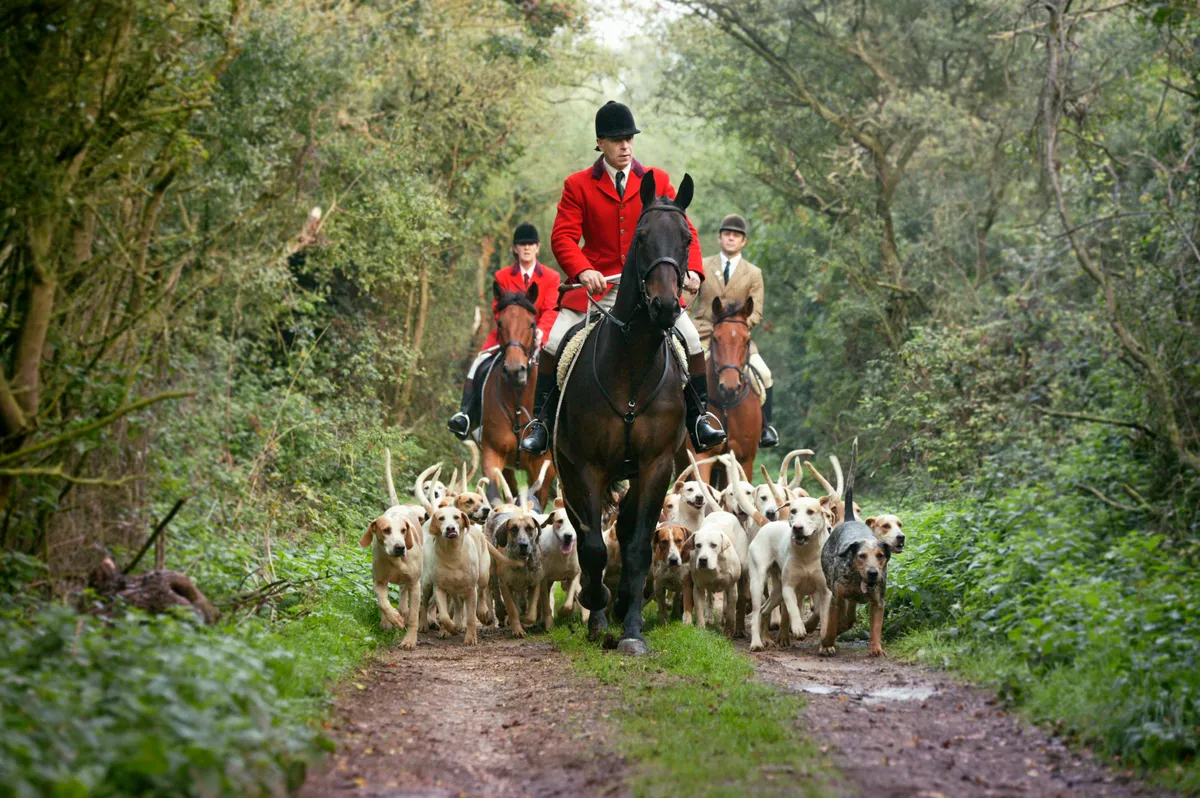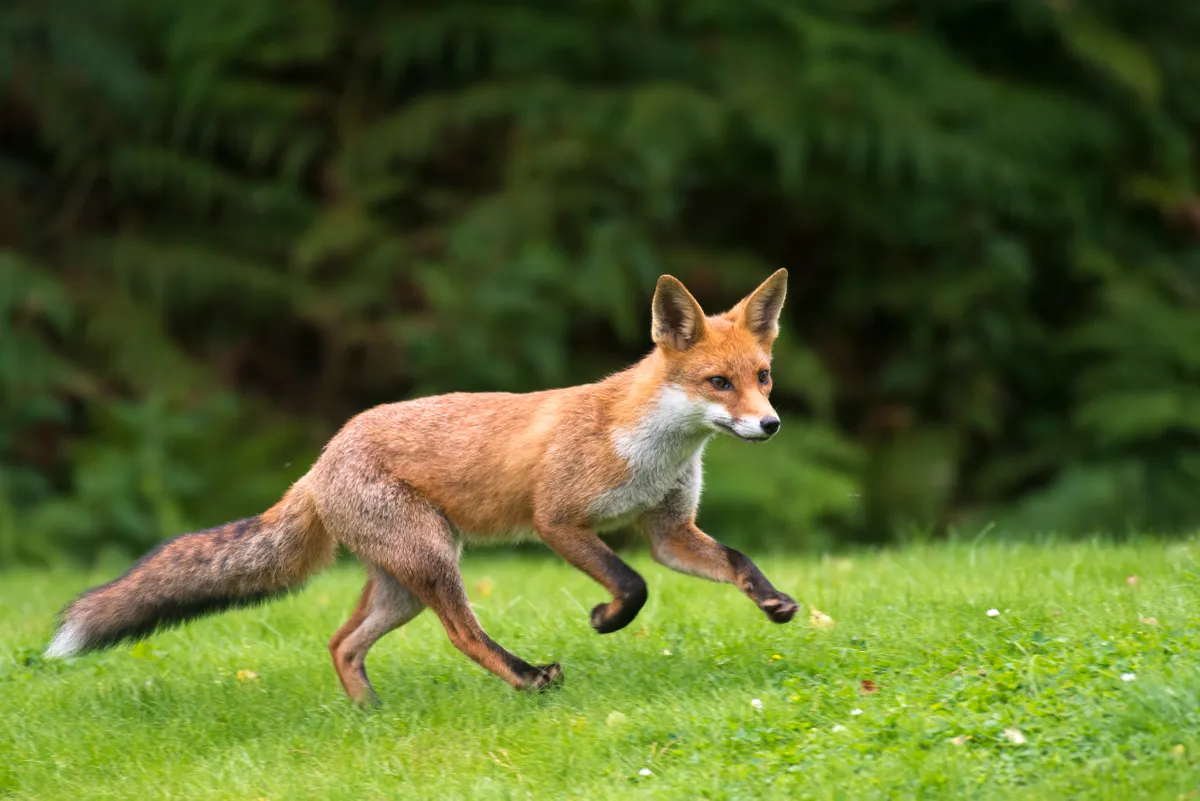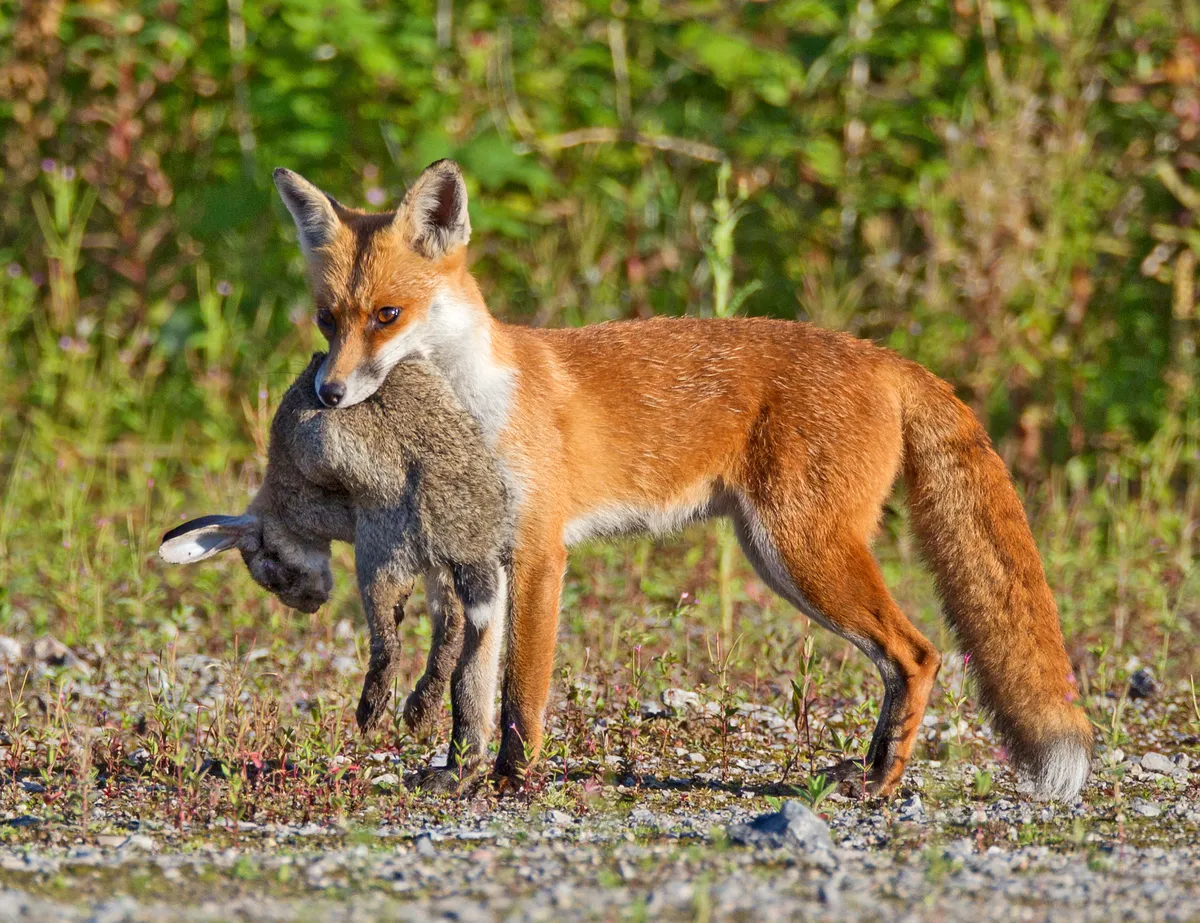Wildlife campaigner and guitarist Brian May did his bit, but it was the SNP’s Nicola Sturgeon who knocked out proposals to relax the restrictions on fox hunting. By instructing her MPs to vote against Conservative proposals, she exposed David Cameron’s narrow parliamentary majority.
It is possible the exemption to permit packs of hounds, instead of just two dogs, to flush foxes to guns will return. But the fact is that foxes are still controlled, mainly by shooting. And the question some people ask is not whether hunting should be legalised, but whether we need to kill foxes at all.
Many would argue that farmers have to protect lambs, piglets, chickens and game birds. “If you have a fox visiting a poultry run, then you need to defend it,” said Jonathan Reynolds of the Game & Wildlife Conservation Trust. “People who say you just need to make your poultry more secure have clearly never kept poultry.”
One study has put the annual cost of fox predation of chickens, geese and turkeys at £1.3m, while other research estimates that 1–2 per cent of newborn lambs are taken. The overall impact of foxes on poultry and livestock is estimated at about £10–12m.

THE FINANCIAL BENEFITS OF FOXES
But fox predation isn’t purely a negative. Rabbits are a huge pest, costing arable farmers more than £120m a year, and the benefit that foxes provide by hunting them has been calculated at £7–9m.
Foxes also aid commercial forestry, by predating species that can damage young trees, though the exact value of this is unclear. Whatever the truth, it would appear that the economic pros and cons of foxes could simply cancel each other out.
There are other issues to consider. A report written for the International Fund for Animal Welfare (IFAW) said there was no evidence killing foxes had any effect on fox populations, other than locally. Culling in one area results in other animals moving into the vacated territory, and if numbers are suppressed it results in more cubs being born in the spring. And there is no evidence that fox numbers have increased since the ban on hunting in 2005.
Defra advice advocates better protection of stock rather than fox control. “In high fox density areas, killing [them] to reduce numbers is often not successful or cost-effective,” it said in 2005.

But David Thomas, of the Federation of Welsh Farmers Packs, said the predominance of sheep farming and the nature of the terrain – upland areas and forestry plantations – make fox control in Wales not just essential but hard to do without using packs of dogs. “Since the ban, farmers have moved to ‘lamping’ with rifles, but in forests it can be hard to see the foxes and they quickly become lamp shy,” he added.
Reynolds said that numerous studies have shown that ground-nesting birds such as curlews, golden plovers and lapwings, as well as hares, all benefit where fox control is carried out. Stone curlews wouldn’t survive in the UK if foxes weren’t culled, he said.
Others argue that if a species is threatened with extinction then the problem is with the habitat, not the predators. “If an animal can’t live in the wild, you haven’t saved it,” said zoologist Dr Jordi Casamitjana, IFAW’s campaigns manager. “You need to preserve everything: all the food that it eats and all the predators that eat it.”
The fox’s place in rural Britain is considered in the new book Wildlife Conservation on Farmland, edited by Oxford University’s David Macdonald and Ruth Feber. “That the same fox is perceived as an asset to the huntsman, a blight to the farmer and a joy to the wildlife watcher is just the tip of the iceberg of countryside contradictions,” it says.
It’s hard to quantify the joy that foxes bring to wildlife watchers, but this is surely not a simple economic equation. In the end, some things, perhaps, cannot be boiled down to pounds, shillings and pence.

FOXES AND FARMING
The benefits of foxes for farming
During its lifetime, a single fox may be worth £150–190 to a farmer through rabbit predation. This translates to an annual benefit of £7–9 million.
In Wiltshire, most farmers did not consider the fox to be a pest at all, and rabbits were their worst pest.” Wildlife Conservation Research Unit (WildCRU), 2000
A survey carried out by BBC Wildlife in 2008 identified the fox as the UK’s third most popular mammal (behind otters and hedgehogs).
Foxes are common in new commercial plantations where populations of field voles and rabbits (both of which damage young trees) are high – by predating them, foxes provide an economic benefit to forestry operations.

The costs of foxes for farming
Foxes cost sheep producers across Britain approximately £9.4 million in 1999, according to one estimate.
Reducing fox numbers by 43 per cent resulted in a three-fold increase in breeding success for lapwings, golden plovers, curlews, red grouse and meadow pipits.
In a survey of Welsh farmers carried out in 2013, 96 per cent said that predation on lambs had an impact on their income, while 75 per cent said that they had lost more lambs to foxes since the hunting ban came into effect in 2005.
Hare densities at a farm in Leicestershire have declined from a high of more than 50 per km2 when predator control was carried out to less than 8 per km2 at a count in 2006 after a period of several years with no predator control.
Find out more by reading the IFAW’s report After the Hunt.
You can also find out more about foxes in these two Discover Wildlife features:
A year in the life of an urban fox
Photo © Dgwildlife/Getty

